The evolution of anatomical illustration and wax modelling in Italy from the 16th to early 19th centuries
- PMID: 19900181
- PMCID: PMC2815943
- DOI: 10.1111/j.1469-7580.2009.01157.x
The evolution of anatomical illustration and wax modelling in Italy from the 16th to early 19th centuries
Abstract
Although the contribution to anatomical illustration by Vesalius and his followers has received much attention, less credit has been given to Veslingius and particularly Fabricius. By 1600, Fabricius had amassed more than 300 paintings that together made the Tabulae Pictae, a great atlas of anatomy that was highly admired by his contemporaries. Many of his new observations were incorporated into subsequent books, including those by Casserius, Spighelius, Harvey and Veslingius. Also of importance were the Tabulae by Eustachius (1552), which, although only published in 1714, greatly influenced anatomical wax modelling. In 1742, Pope Benedict XIV established a Museum of Anatomy in Bologna, entrusting to Ercole Lelli the creation of several anatomical preparations in wax. Felice Fontana realised that the production of a large number of models by the casting method would make cadaveric specimens superfluous for anatomical teaching and in 1771 he asked the Grand Duke to fund a wax-modelling workshop in Florence as part of the Natural History Museum, later known as La Specola. Fontana engaged Giuseppe Ferrini as his first modeller and then the 19-year-old Clemente Susini who, by his death in 1814, had superintended the production of, or personally made, more than 2000 models. In 1780, the Austrian Emperor Joseph II visited La Specola and ordered a great number of models for his Josephinum museum; these were made by Fontana with the help of Clemente Susini and supervised by the anatomist Paolo Mascagni. It is, however, in Cagliari that some of Susini's greatest waxes are to be found. These were made when he was free of Fontana's influence and were based on dissections made by Francesco Antonio Boi (University of Cagliari). Their distinctive anatomical features include the emphasis given to nerves and the absence of lymphatics in the brain, a mistake made on earlier waxes. The refined technical perfection of the anatomical details demonstrates the closeness of the cooperation between Susini and Boi, whereas the expressiveness of the faces and the harmony of colours make the models of Cagliari masterpieces of figurative art.
Figures
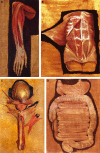

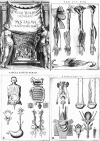


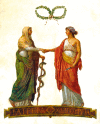

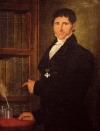
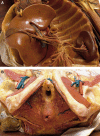
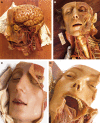
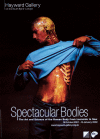
References
-
- Azzaroli ML. La ceroplastica nella scienza e nell’arte. Atti del 1 Congresso Internazionale. Firenze: Leo S Olschki Editore; 1977. La Specola. The zoological museum of Florence University; pp. 1–22.
-
- Ballestriero R. The art of ceroplastics. Clemente Susini and the collection of the anatomical wax models of the University of Cagliari. In: Riva A, editor. Flesh and Wax. The Clemente Susini’s Anatomical Models in the University of Cagliari. Nuoro: Ilisso; 2007. pp. 35–45.
-
- Belloni L. Per la storia della medicina. Bologna: Arnaldo Forni Editore; 1980.
Publication types
MeSH terms
Substances
LinkOut - more resources
Full Text Sources
Medical

